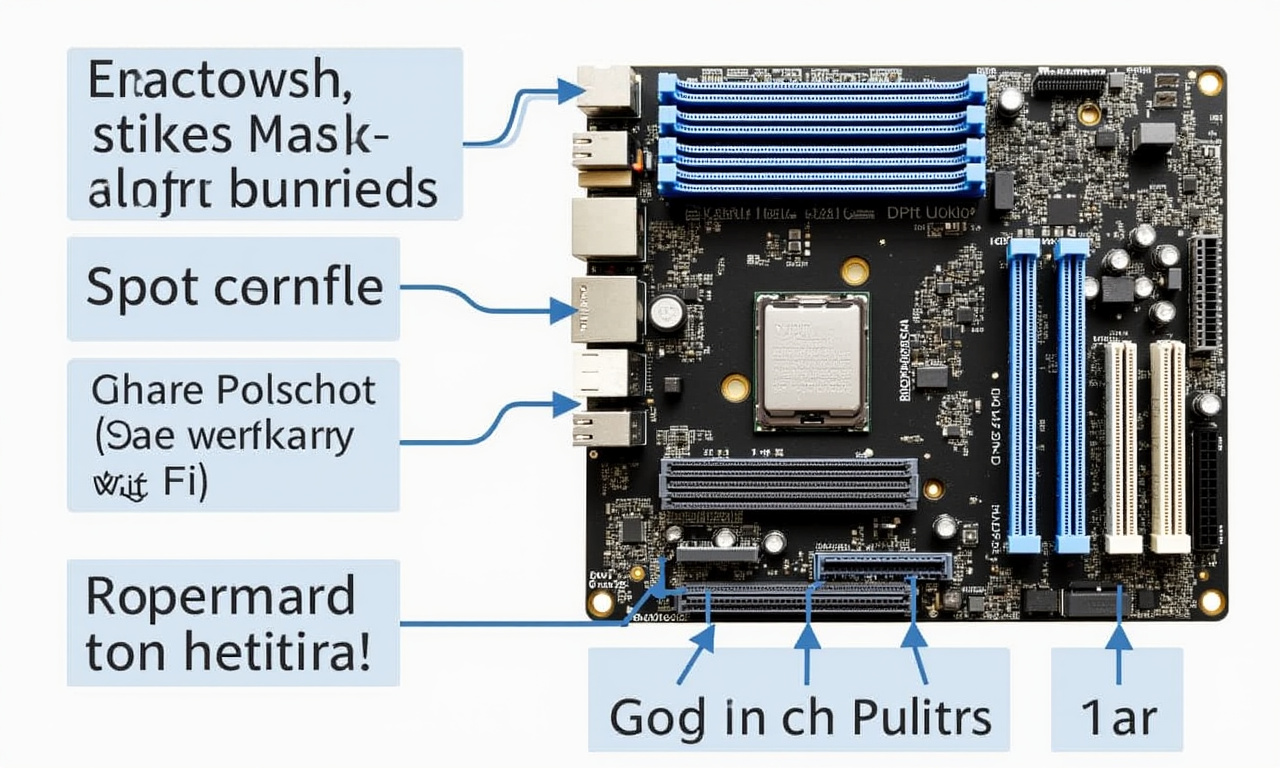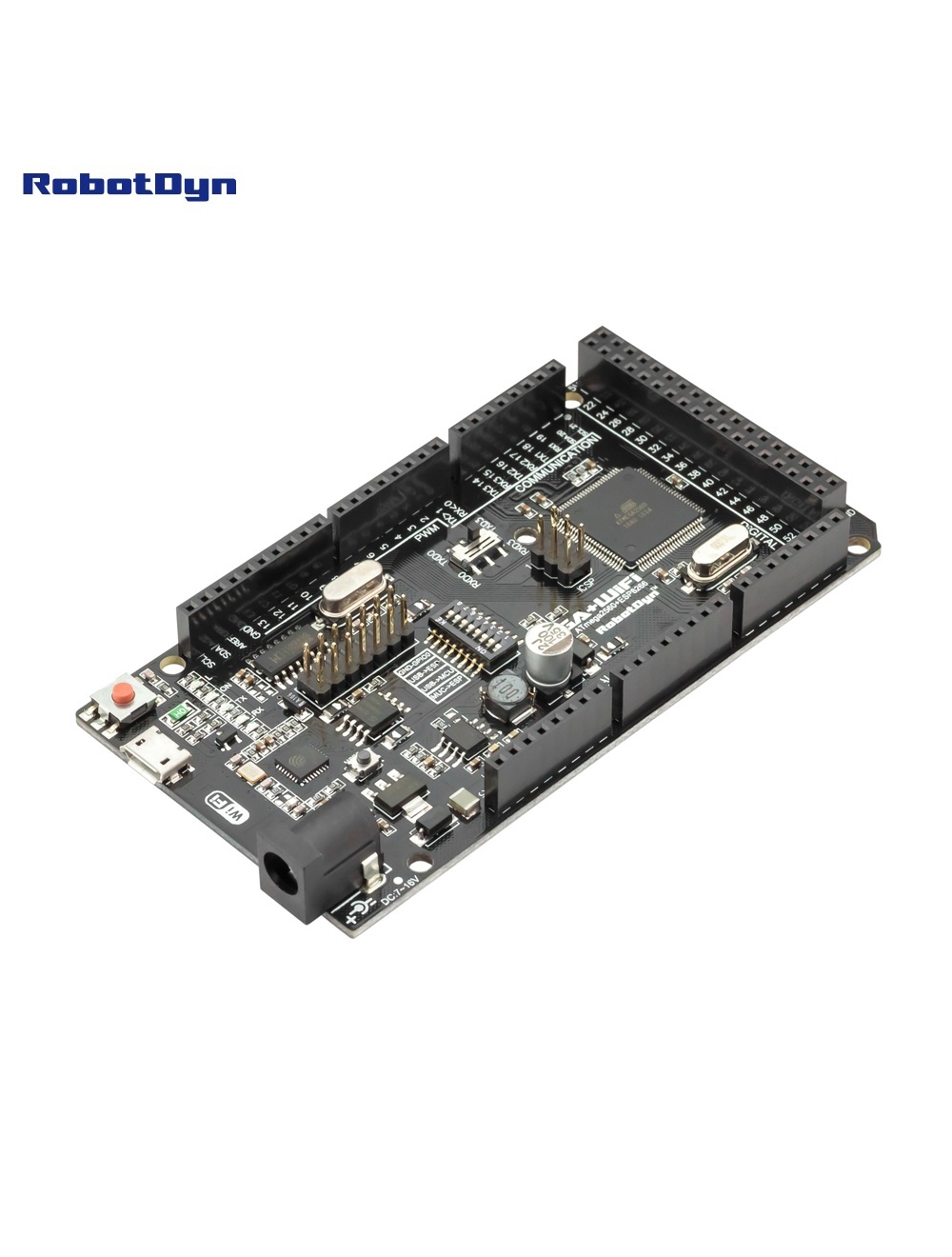The price for the Starlink Mini antenna in the US has dropped to a historical low of $229 from an initial price of $499 (which was previously reduced to $299). Meanwhile, the cost of a standard Starlink kit has been cut to $279 from the previous price of $349. This ongoing reduction in equipment prices, combined with lower monthly service fees, aims to make satellite internet an accessible option for a greater number of households, including those in underserved rural and remote areas.

As of the end of 2025, Starlink services cover over 8 million users worldwide, with aggressive pricing strategies contributing to rapid subscriber growth. A new Starlink plan priced at $40 (for US customers) primarily suits those seeking affordable internet access, but who are willing to accept limited speed or data prioritization. The download speed is capped at 100 Mbps, while upload speed is not restricted. Meanwhile, the Residential and Residential Lite plans in the US are priced at $120 and $80 respectively.
Competitors like HughesNet and Viasat are increasingly pressured to revisit their pricing and service offerings to retain their market share in light of these developments. They are exploring options to enhance service quality and deploy competitive pricing to stay relevant.
The satellite internet market is projected to see significant growth through 2025, largely driven by companies like Starlink employing aggressive pricing strategies to attract new customers, particularly in areas lacking reliable land-based internet services.
Reports indicate that rural consumers have shown a positive response to Starlink’s new $40 plan, valuing the affordable access despite its speed limitations. This demonstrates a keen interest in gaining internet connectivity in regions traditionally left out.









